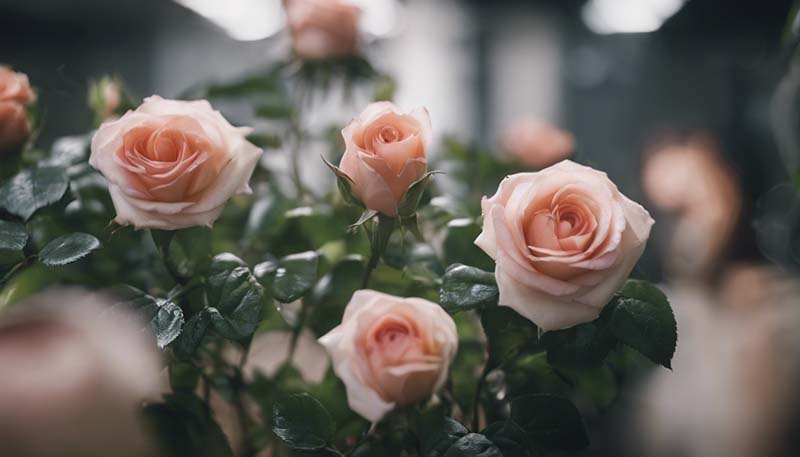Roses are often considered the quintessential garden flower, but did you know that you can grow them indoors as well? With the right care and attention, indoor roses can thrive and bring a touch of elegance to your home. In this guide, we\'ll explore the steps to successfully care for indoor roses.
## Table of Contents
1. [Choosing the Right Rose for Indoors](#choosing)
2. [Understanding Rose Needs](#understanding)
3. [Pot and Soil Considerations](#pot-soil)
4. [Light Requirements](#light)
5. [Watering and Humidity](#watering)
6. [Feeding Your Indoor Roses](#feeding)
7. [Pruning and Maintenance](#pruning)
8. [Common Problems and Solutions](#problems)
Advertisement
9. [Breeding Indoor Roses](#breeding)
10. [Conclusion](#conclusion)
## 1. Choosing the Right Rose for Indoors
Not all roses are created equal when it comes to indoor cultivation. Some varieties are better suited to life inside due to their size, disease resistance, and blooming habits. Look for miniature or small-flowered roses which are less demanding in terms of space and care.
## 2. Understanding Rose Needs
Roses are complex plants with specific needs. They require a lot of light, regular feeding, and careful watering. Understanding these needs is the first step to successful indoor rose gardening.
## 3. Pot and Soil Considerations
For indoor roses, choose a pot with good drainage to prevent waterlogging. The pot should be large enough to accommodate the rose\'s root system but not so large that it holds too much soil. Use a high-quality potting mix designed for roses or a mix of peat moss, perlite, and compost.
## 4. Light Requirements
Roses need at least 6 hours of bright, direct sunlight each day. If you don\'t have a sunny spot, consider using a grow light to supplement natural light. South-facing windows are ideal for indoor roses.
## 5. Watering and Humidity
Indoor roses should be watered thoroughly, allowing the top inch of soil to dry out between waterings. Overwatering can lead to root rot. As for humidity, roses prefer a humid environment, so consider using a humidifier or placing the pot on a tray of water with pebbles to increase humidity.
## 6. Feeding Your Indoor Roses
Roses are heavy feeders. Use a balanced, water-soluble fertilizer every two weeks during the growing season. Be careful not to overfeed, as this can lead to excessive foliage growth at the expense of flowers.
## 7. Pruning and Maintenance
Regular pruning is essential to maintain the shape and health of your indoor rose. Prune in early spring, removing dead or diseased wood and shaping the plant. Also, remove spent blooms to encourage more flowering.

## 8. Common Problems and Solutions
Pests and diseases can be a challenge for indoor roses. Keep an eye out for aphids, spider mites, and powdery mildew. Use insecticidal soap or neem oil for pests and a fungicide for mildew. Good air circulation and avoiding overwatering can prevent many issues.
## 9. Breeding Indoor Roses
If you\'re up for a challenge, you can try your hand at breeding your indoor roses. This involves cross-pollinating the flowers and can result in new varieties. It requires patience and a bit of botanical knowledge but can be a rewarding experience.
## 10. Conclusion
Indoor rose gardening may seem daunting, but with the right information and care, you can enjoy the beauty and fragrance of roses all year round. Remember to provide plenty of light, water carefully, and feed regularly. With patience and attention, your indoor roses can become a stunning addition to your home.
Happy gardening!
Comment